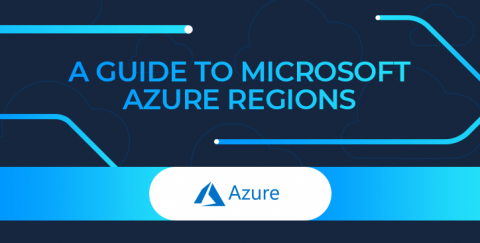A guide to Microsoft Azure Regions
The global footprint of Microsoft Azure is made up of physical infrastructure of over 200 data centres and connective network components, arranged into regions, and linked by a large interconnected network. Each of the Azure data centres provides high availability, low latency, scalable cloud services close to users to improve reliability and speed. In this blog, we look at the Azure Regions, and explain the benefits of using a direct connection to access Azure infrastructure.











